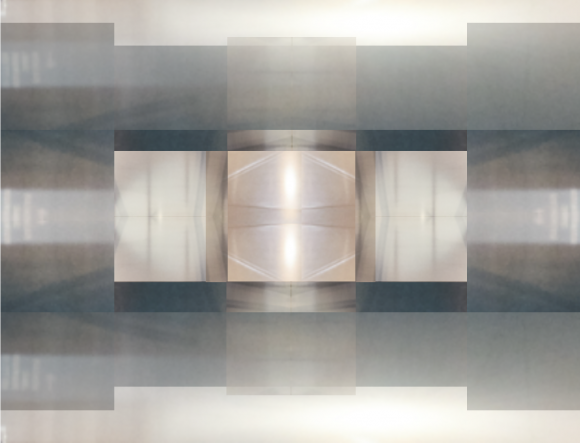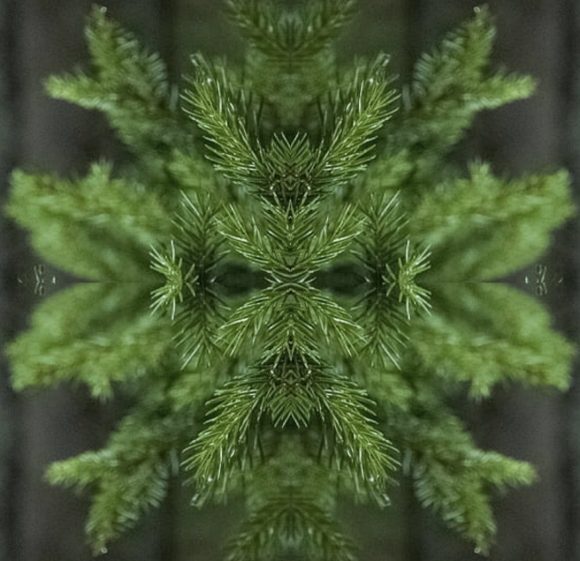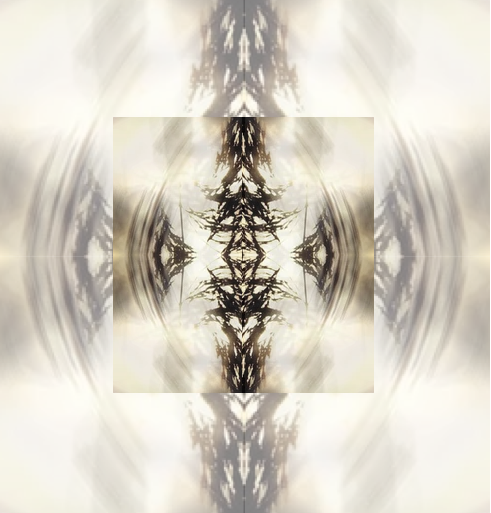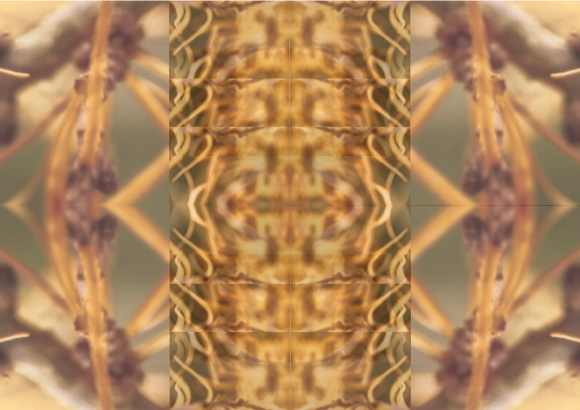Previously, I have outlined the two faces of Jung’s synchronicity essay: one is an ‘exploratory’ project, in which he follows up on themes of his earlier work, such as the relationship between consciousness and the archetypes of the collective unconscious, and explores them in connection with the interesting phenomenon of synchronistic events, i.e. meaningful coincidences; the other is a proposed ‘revolutionizing’ project, which starts from (contentious) experimental lab findings and ends with expanding the fundamentals of natural science, adding a principle of ‘synchronicity’ on a par with causality.
I have argued that the latter tends to dominate the former, which is unfortunate: for the exploratory project is valuable, a genuine development of Jung’s earlier insights, whereas the ‘revolutionary’ project rests on invalid evidence and unsound logical reasoning, would generate little explanatory force, and is today probably best treated as a matter of merely historical interest.
From such a historical point of view — tracing the development of Jung’s thought —, it may be interesting to note that Jung’s own stated intent, in the preface (“Vorrede”) to the synchronicity essay, confirms what I have just said (see GW VIII, §§816-817).

Jung says that he wrote the essay in part because “my experiences with the phenomenon of synchronicity accumulated over the decades” and “my investigation of the history of symbols brought the problem [of synchronicities] closer” (GW VIII, §816). Both topics, then, are continous with his earlier work, and required further investigation: that is the exploratory project. There is no mention here of lab experiments or the theoretical foundations of natural science at all (which would indicate the ‘revolutionary’ story).
Finally, Jung points out that another motivator is at work here — a motivator equally strong as (but perhaps more admirable than) the speculative ambition of the ‘revolutionizing’ project. (Especially if we keep in mind that there is a dark side of synchronicities.) That motivator is his empathy with actual people:
Als Psychiater und Psychotherapeut kam ich oft in Berührung mit dem in Frage stehenden Phänomenen und konnte mich namentlich darüber vergewissern, wie viel sie für die innere Erfahrung des Menschen bedeuten. […] Meine Anteilnahme an diesem Problem ist daher nicht nur wissenschaftlich begründet, sondern auch menschlich.
As a psychiatrist and psychotherapist I have often been in contact with the phenomena in question, and I was able specifically to ascertain how much they meant for the inner experience of a human being. […] My interest in this problem is thus not only scientific, but also a human concern.
[GW VIII, §816]




[…] ‘synchronistic phenomena’ when he finally published his essay about them. That, at any rate, is the story Jung himself tells in the preface to that text (and there is no reason to doubt […]
[…] and the breadth and depth of his intellectual background; and even more than that, also the empathy and human dedication that made him engage with the phenomena we now call, thanks to his coining of the term, […]
[…] view, to a subject of such an experience — which we would like to become good at, of course, in part from academic motives, but also out of therapeutic necessity. Still, if we were getting clearer about all this, it would be a case of giving better […]